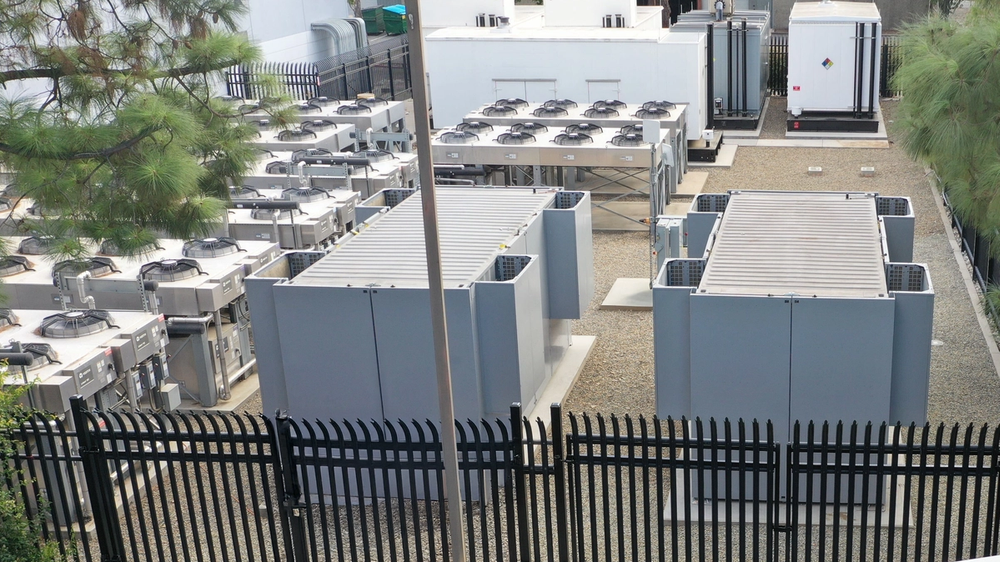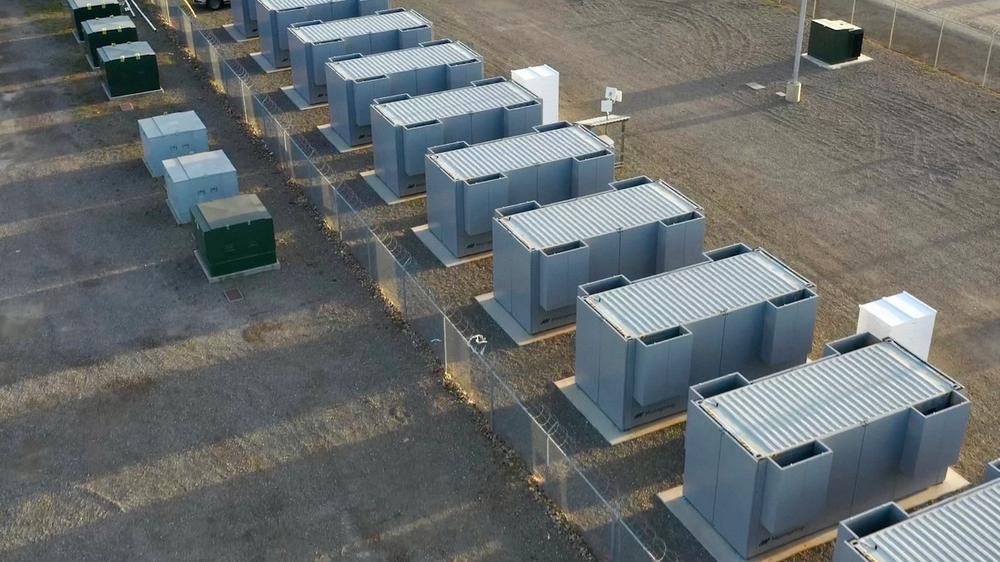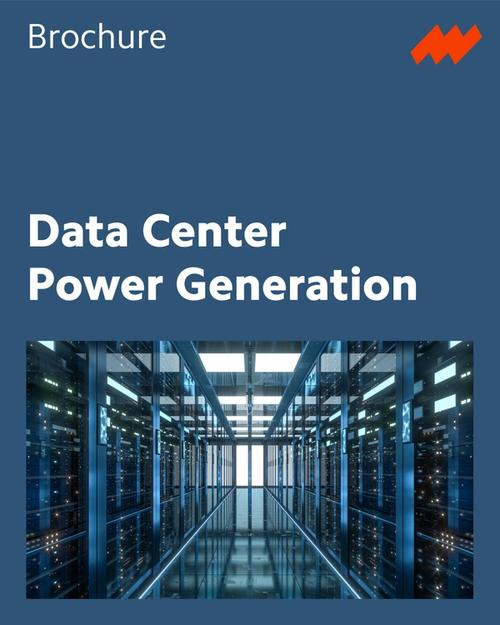Accelerate your data center buildout with Mainspring.
Deploy maximum compute quickly.
Address grid constraints with fuel-flexible prime power and near-zero NOx.
Add flexibility.
Run prime, flexible/peaking dispatch, or backup power — or switch between modes — for more options to get connected with high uptime.
Increase resilience.
Customize microgrid availability with modular generator redundancy and seamless dual fuel capability for high-uptime bridge power that can avoid diesel gensets.
Future proof operations.
Mainspring-powered microgrids support multiple operating scenarios and offer a seamless transition to zero-carbon fuels.









